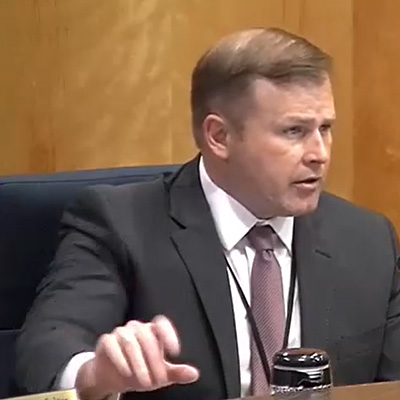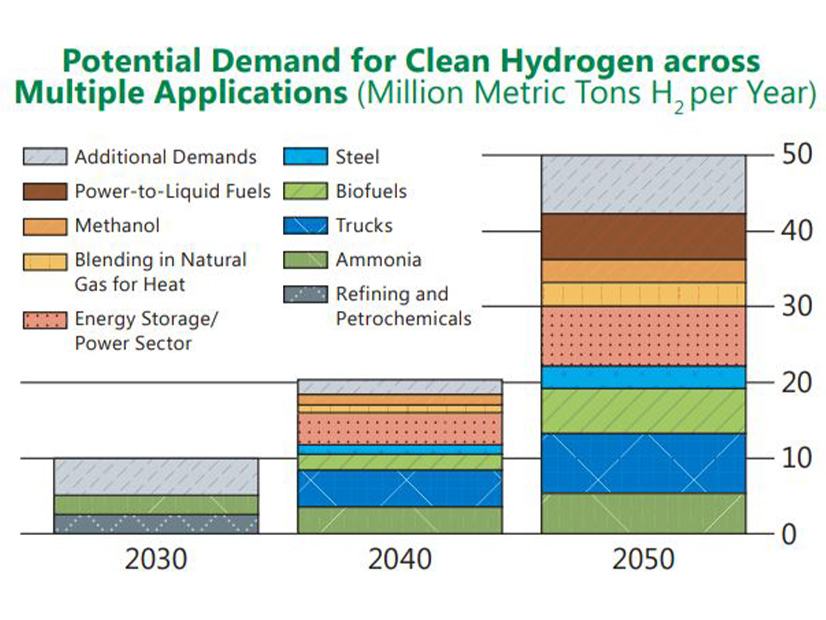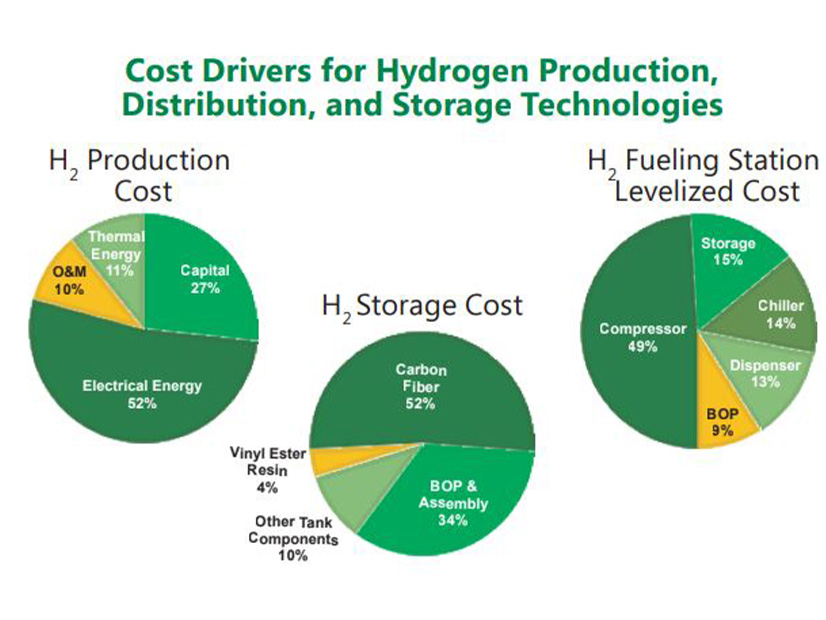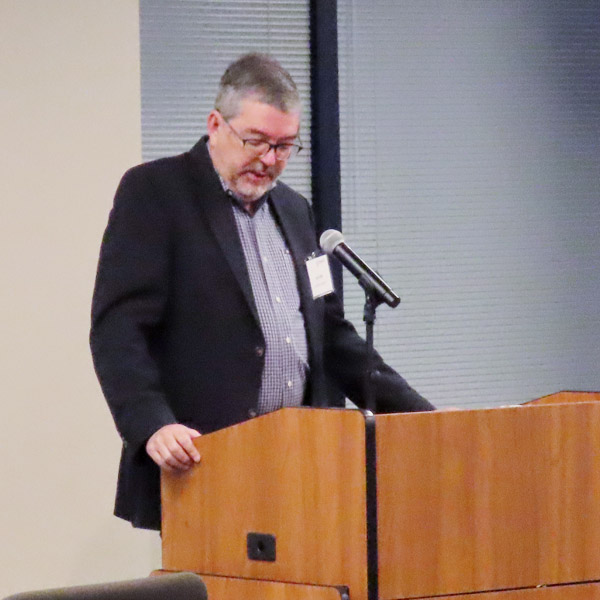Load flexibility is the fastest and cheapest way to prepare for rising electricity demand, and both the residential and commercial building sectors could be tapped as renewables supply an increasing portion of power, attendees at the Building Electrification Summit co-hosted by the California Energy Commission (CEC) and the Electric Power Research Institute (EPRI) heard last week.
Building electrification and the rise of EVs mean California needs to plan for using more electricity, not less, said CPUC President Alice Reynolds. When it comes to avoiding grid upgrades and coping with growing demand, moving the time at which electricity is consumed can be a massive lever. Load flexibility refers to the ability to change when electricity is consumed, and it can range from turning off an HVAC system for a short period during peak demand times to delaying EV charging until evening.
“Luckily these appliances that we’re all talking about growing, including electric vehicles and heat pumps, are the type of load that is flexible, so we have a lot of reasons for optimism,” especially as the grid moves to 100% clean energy, Reynolds said.
“Load flexibility is one of the cheapest and best approaches to improve grid reliability as far as greening our grid,” said Stefanie Wayland, load management standards lead at CEC. “We know that load flex works both at grid scale and at local scale, whether you’re doing it for sub-generation or for non-wire solutions where you’re avoiding distribution upgrades,” she said.
As buildings and transportation are electrified, the size and seasonality of peak demand will change, said Jessica Granderson, director of Lawrence Berkeley National Laboratory’s Building Technology and Urban Systems Division.
Granderson said that from 2025 to 2050, peak demand would increase from about 30 GW to 40 GW, while annual peak would shift to winter — when renewables generate less power — due to the load created by electric heating.
“As we successfully decarbonize the grid, we’re seeing this increase in the mismatch between that clean supply and the downstream demand from our buildings and increasingly our vehicles,” she said.
As buildings and transportation are electrified, the need for load flexibility will grow, along with the ability to control those loads through software.
Load flexibility is important during times of both excess and shortages of power, said Cisco DeVries, CEO of OhmConnect.
“So how do we adjust demand? We do that at home, in part through controlling devices and appliances directly in people’s homes. everything from EV chargers and battery storage systems all the way to hot water heaters’ spark plugs and thermostats,” DeVries said. “That allows us to very quickly and effectively reduce energy use in homes and help people get control of their energy bills, which is really critical.”
Labor Day in September 2022 proved the value of load flexibility in California. On a day when extreme heat produced high demand that was expected to lead to potential blackouts, OhmConnect’s customers were proactively reducing load. “They reduced 1.6 GWh of electricity over a few days, and we paid them over $2.7 million for the help that they gave. And that’s one of the reasons we didn’t have blackouts that day,” DeVries said.
The commercial building sector also offers significant opportunities to implement load flexibility strategies, Ammi Amarnath, principal technical executive at EPRI, said. For example, there are 12,000 convenience stores with significant refrigeration loads in California, most with present defrost cycles that can be reprogrammed. “A small change in the defrosting cycle in these small food stores can save up to 10 to 20 megawatts of electricity during those peak hours” in Los Angeles County alone, he said.
The 10,500 larger supermarkets, along with 112 refrigerated warehouses, each with peak demand of 250 kW to 4 MW, offer even larger load flexibility potential, Amarnath said, with a current EPRI project showing power can be modulated up to 25% while keeping the facilities within the carefully controlled temperature bands required.




